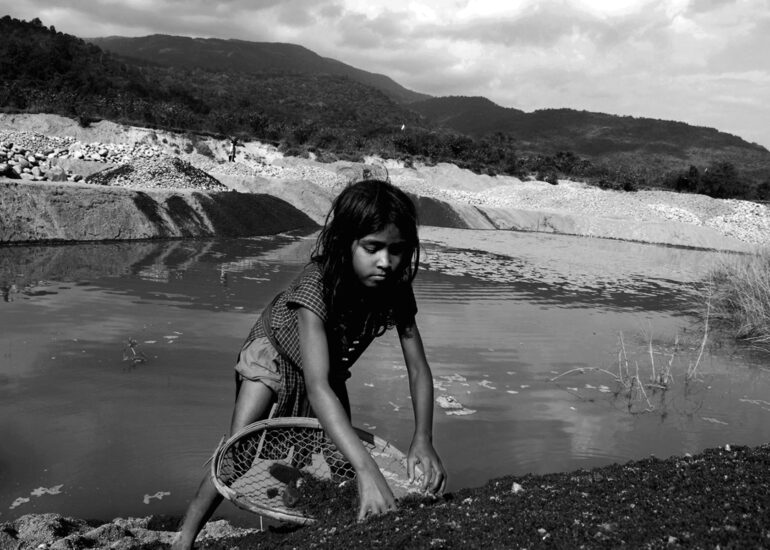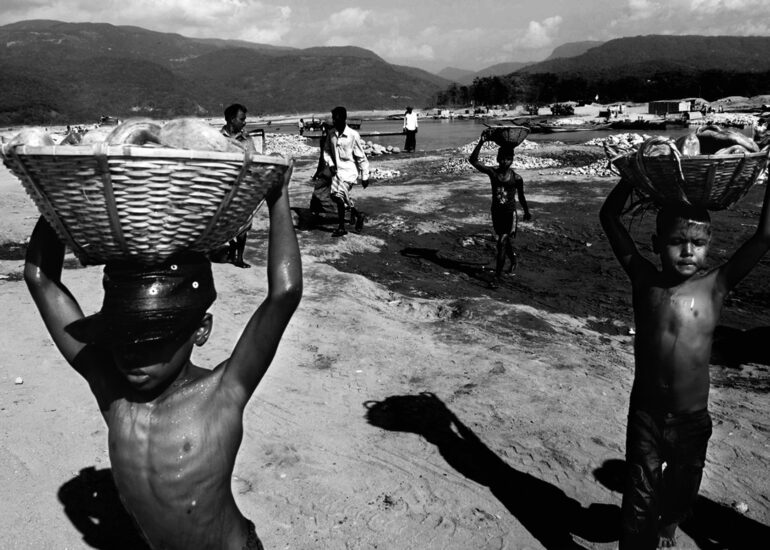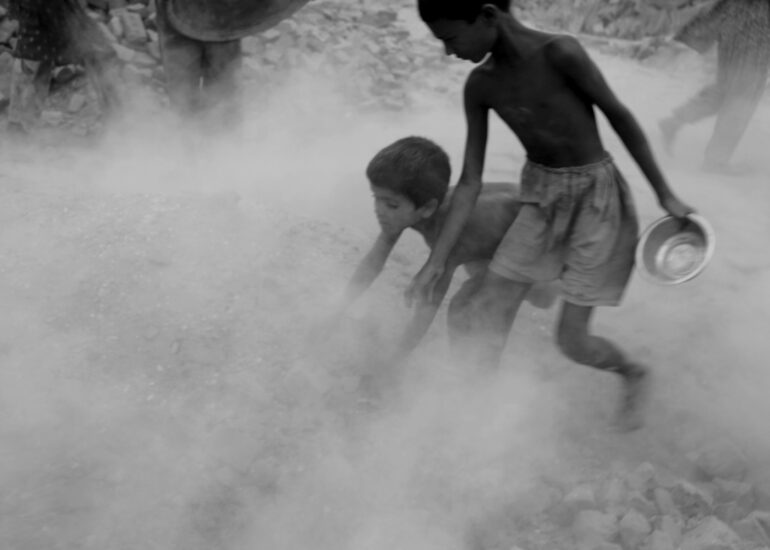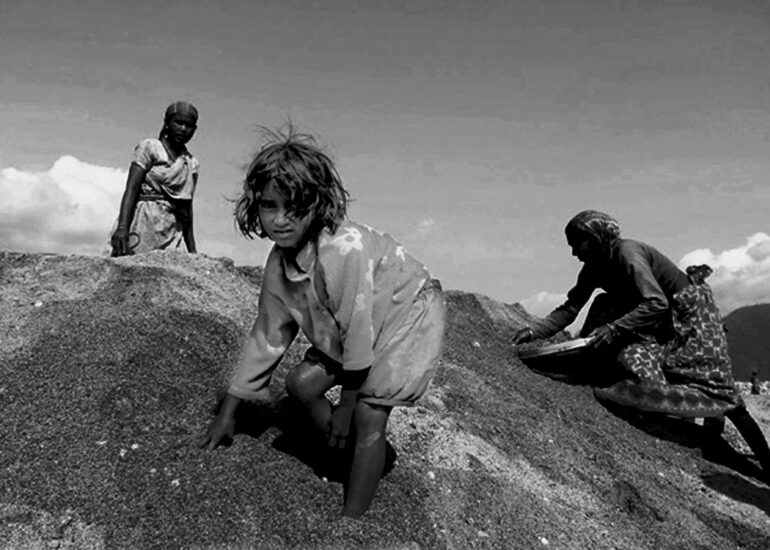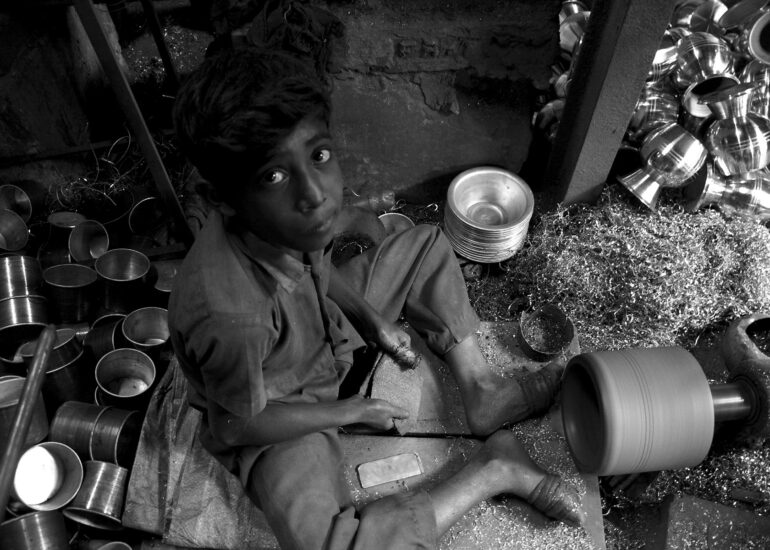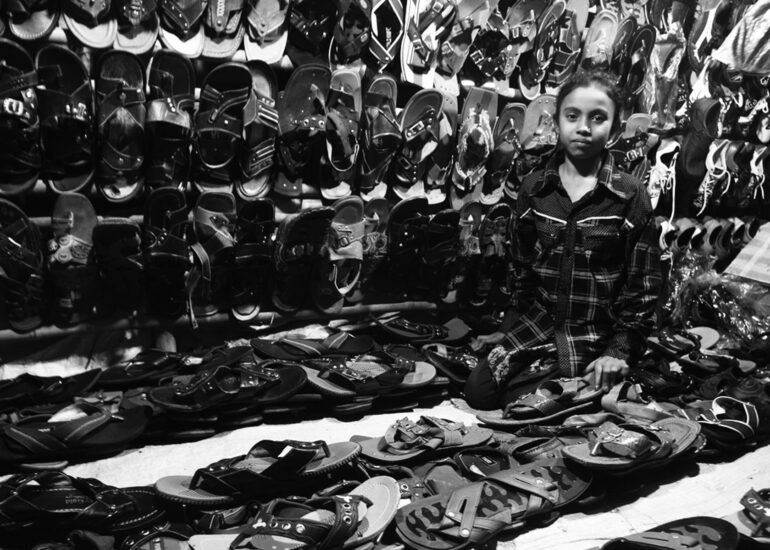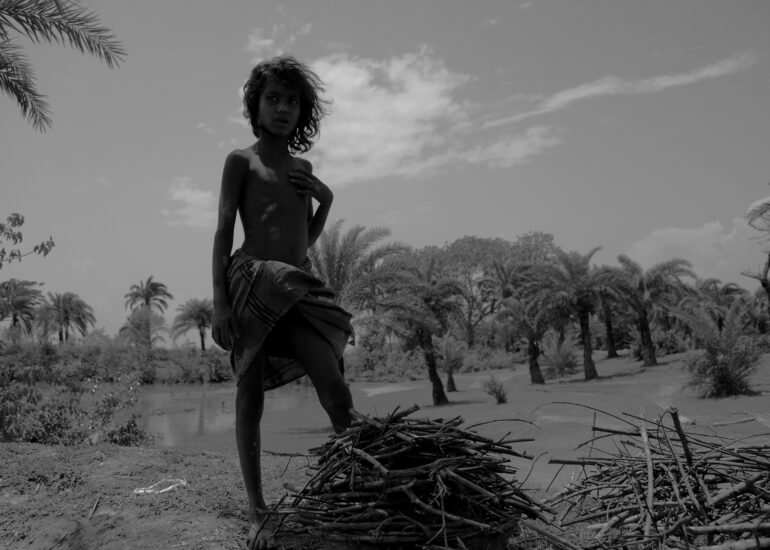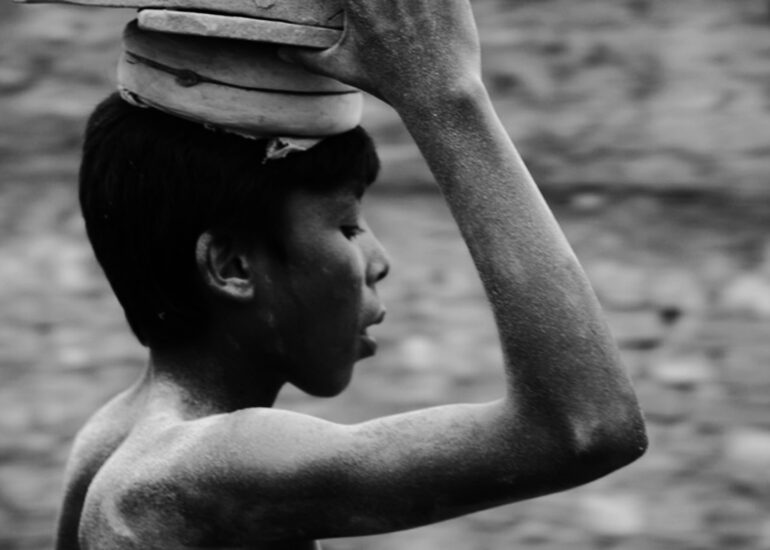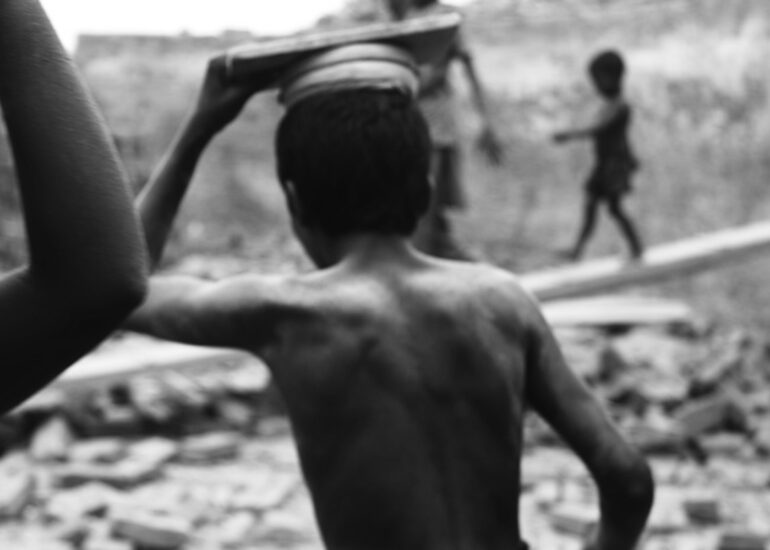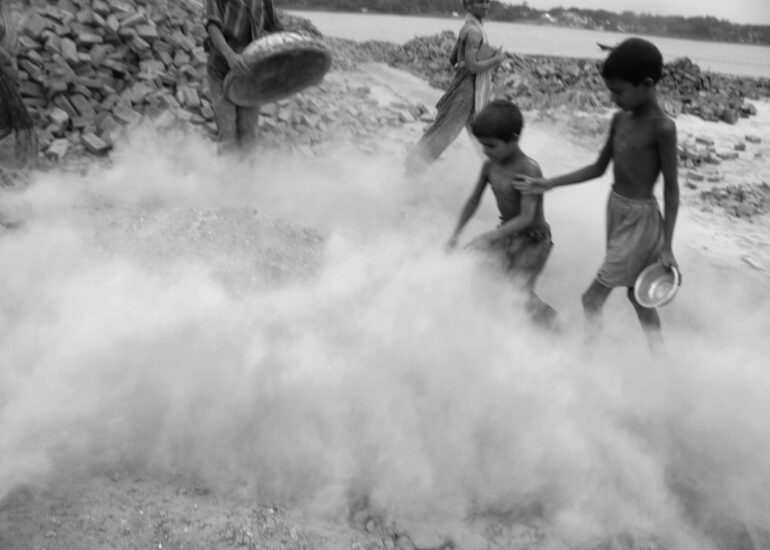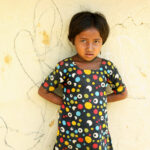Bonded labour
Bonded labour

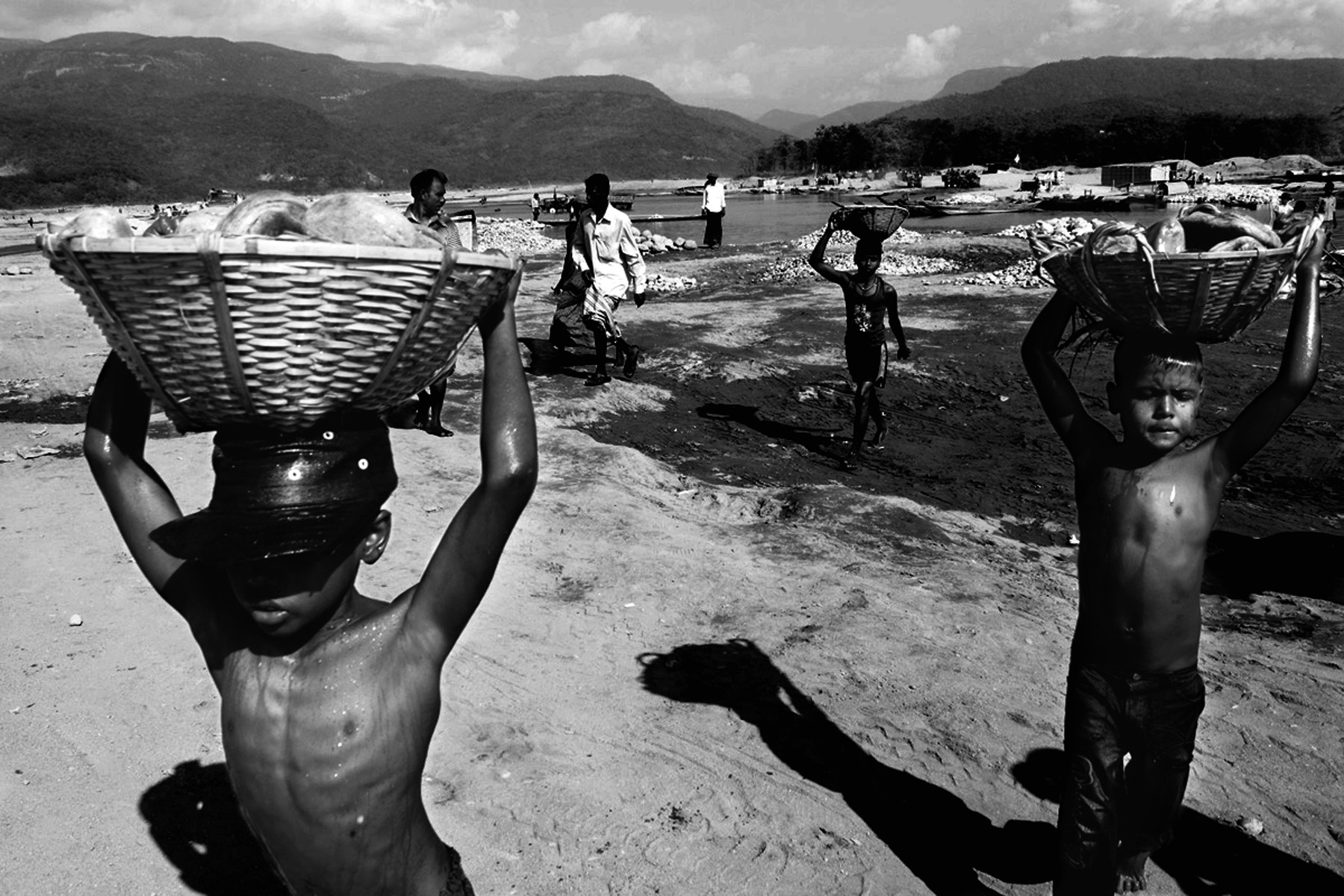


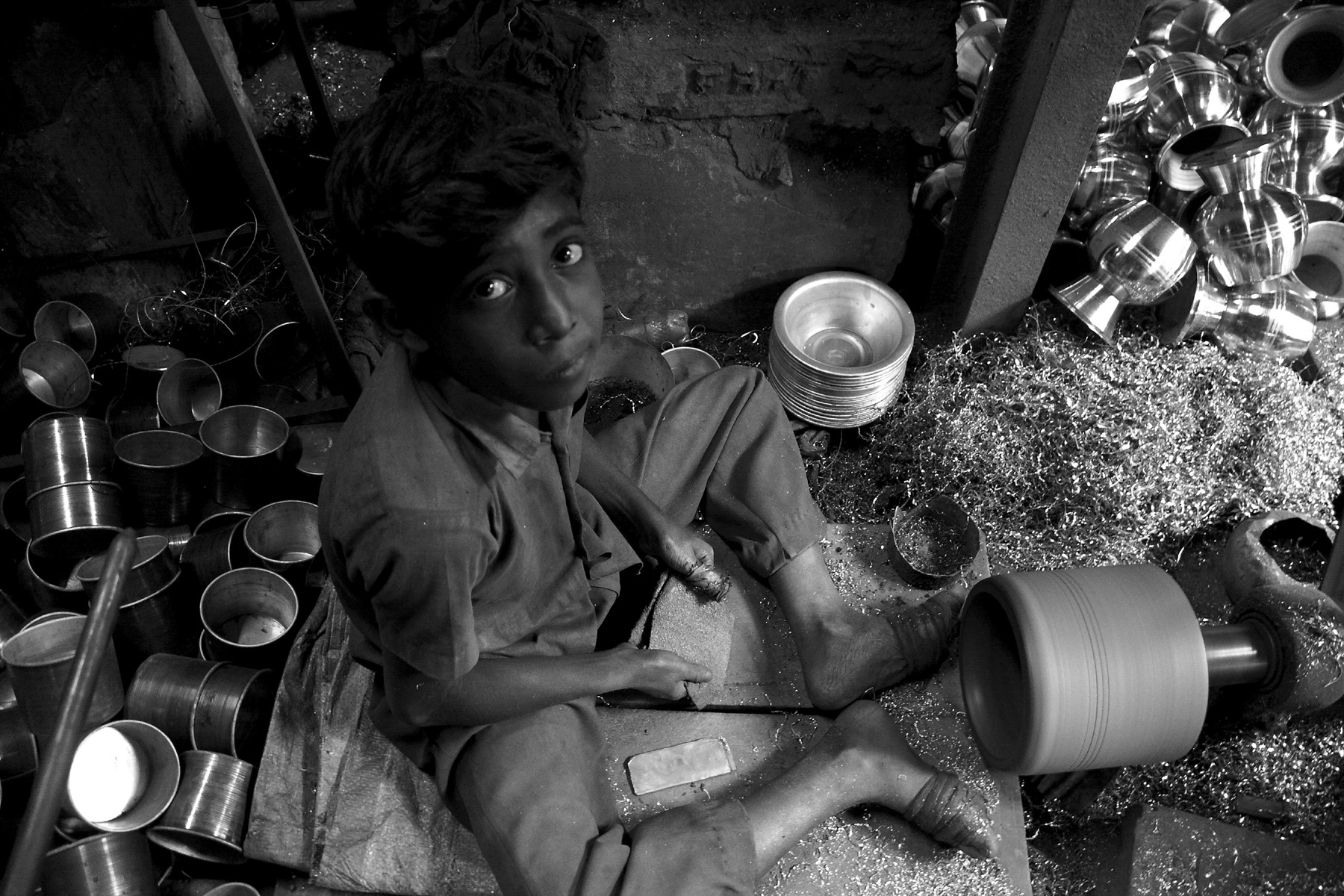





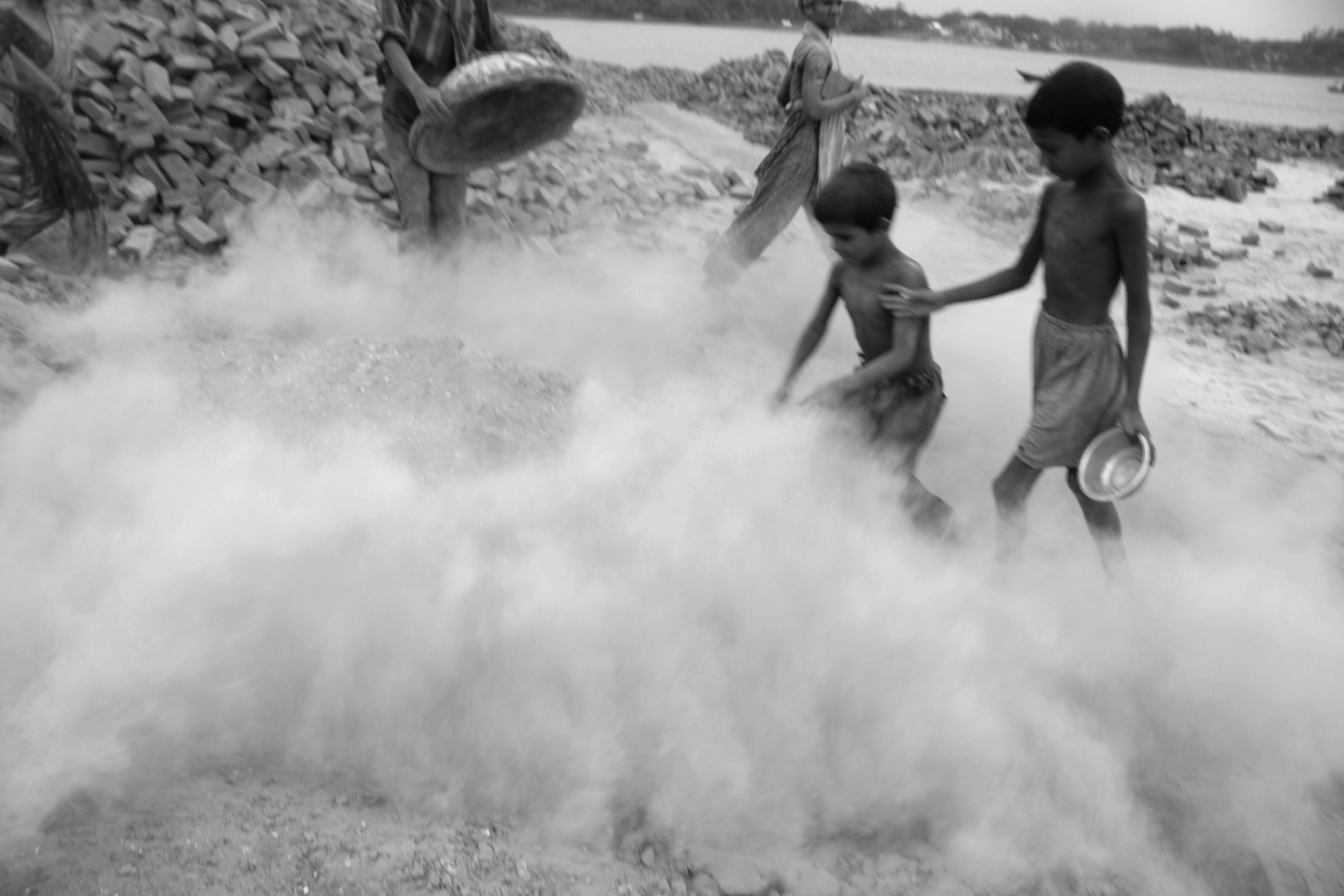
Social norms and economic realities have long turned “child labor” a widely accepted and very common-cruel practice in Bangladesh. Child labor is gradually growing into an ‘unavoidable’ as well as a very visible part of everyday life in here: young children serve ‘capitalist purposes’ everywhere ranging from the roadside tea stalls to big time industries in most hazardous environments. We are now used to see them weave between cars selling goods to motorists and chose to hide our conscience as they do our domestic chores. Many families rely on the income generated by their children for survival, so child labor is often highly ‘valued’. Additionally, employers often prefer to employ children because they are cheaper and considered to be more compliant and obedient than adults. When children are forced to work, they are often denied their rights to education, leisure and play. And the labor they give behind the curtains as ‘helping hands’ is beyond monitoring and regulations as well. They are also exposed to situations that make them vulnerable to trafficking, abuse, violence and exploitation. Many Bangladeshi children continue to work in five of the worst forms of child labor, namely welding, auto workshops, road transport, brick field, stone mines, garments and tobacco factories Millions of children are reported not to attend school, however estimates vary. Among children aged 5-14, about five million, are economically active. Many of these children are engaged in various hazardous occupations in manufacturing factories. Factory owners prefer to employ children as they could pay less and also able to keep their factories free from trade unionism. A child laborer is usually sufficed with BDT 800 to 1,200/= (1 USD = BDT 80/=) per month, while an adult worker costs up to BDT 5,000-6,000/= per month to his/her employer.
According to a survey/statistics by/of the International Labor Organization, there are about 3.2 million child laborers in Bangladesh. Although the issue of child labor has always been discussed, there is hardly anyone to bell the cat to come up with feasible ‘cures’ to it.

